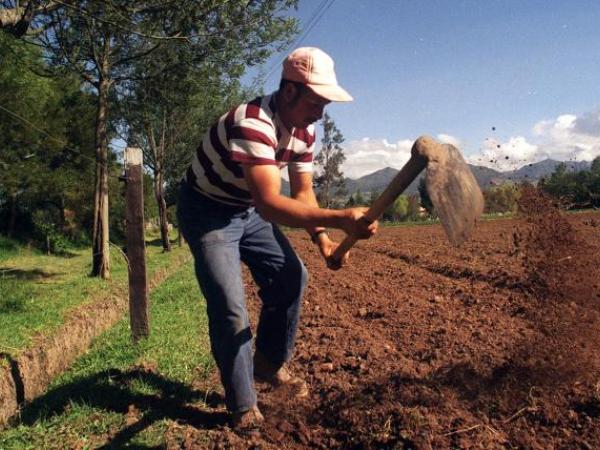Despite the increases in prices who have seen the producers for more than a year, January brought with it some respite from the rising costs they are facing.
(See: “There are already lawsuits against the tax, we will support some”: ACM).
The Producer Price Index (IPP) that measured the Dane showed a month-on-month increase of 0.76%six times lower compared to the increase of 5.09% that it presented in January 2022.
This lower pressure was also seen in the annual data of the indicator, which decreased to 16.79% after the data of 21.81% in which it was located in December 2022. Likewise, the annual variation of the PPI shows a difference of 12.65 percentage points compared to the data of January 2022 , which showed an increase in producer costs of 29.44%.
It is worth remembering that the PPI presents the average price variation of a basket of goods representative of national production and imports and that this indicator, according to Dane, is part of the tools “for the detection of inflationary transmission channels“, well allows studying the behavior of prices from the moment they enter the marketing channels.
“Something positive is that the PPI has been falling, after reaching annual variations of over 30%. This is explained by everything that has been happening with food at a global level, and the dollar has been falling, and that is why the PPI is also weakening”, assured Juan David Ballén, director of Analysis and Strategy of the brokerage firm Casa de Bolsa.
(See: Economic recession or stability in Colombia? This is what analysts say).
According to the expert, this is also favorable to help control inflation, since it contributes to “producers’ price expectations are not passed on to consumers”.
According to the information published by Dane, during the month of January, while the PPI of national production presented a variation of 0.76% Compared to December 2022, the indicator increased by 2.41% in the case of products for domestic consumption, while it registered a reduction of 2.93% in exports.
By sectors, in January 2023, the costs of producers in the branch of agriculture, livestock, forestry, hunting and fishing showed an increase of 3.11%, while in manufacturing industries the increase was 1.66% and, on the contrary, in the branch of mining and quarrying the variation was negative, and was -4.02%.
(See: Dian: your projections of tax collection and electronic invoicing).
By subclasses, according to the Dane report, they stood out for their negative contribution in the month petroleum oils and oils obtained from bituminous minerals, crude oils, with a fall of 13.63% in its PPI, other fuels (-15.72%) and threshed or green coffee (-9.81%). Together, these subtracted 2.49 percentage points from the variation of the PPI of National Production.
Regarding the annual variation of the indicator, in January 2023 compared to January 2022, the only sector that registered a higher than average variation was agriculture, livestock and fishing with 25.39%. On the other hand, in the manufacturing industry there was an increase in producer costs of 15.3% compared to a year ago, while in mining the PPI increased 13.66%.
(See: Unemployment in Colombia: the panorama of 2022 and what is coming for 2023).
Thus, by subclasses, in the last year there has been an increase in production costs related to petroleum oils and oils obtained from bituminous minerals, crude (12.16%), unagglomerated coal (17.62%) and pome fruits and stone fruits (46.03%).
BRIEFCASE
















